
Ryan Watts, digital journalist, presented at the event

The effects of air pollution need to be communicated with impact and clarity but not oversimplification – a balance that is important to reach.
This was the message of a student-focused event this week exploring the media’s role in communicating the impact air pollution has on our lives.
‘How can we fix London’s air pollution problem’ brought together digital journalists Sam Joiner and Ryan Watts from The Times with Imperial environmental scientist Dr Audrey de Nazelle.
“There’s a lot of effort needed for understanding the message that’s positive but still hits home,” said Dr de Nazelle during the panel Q&A. “If you try to create a message that’s too scary, people are going to turn off. The balance needs to be found.”
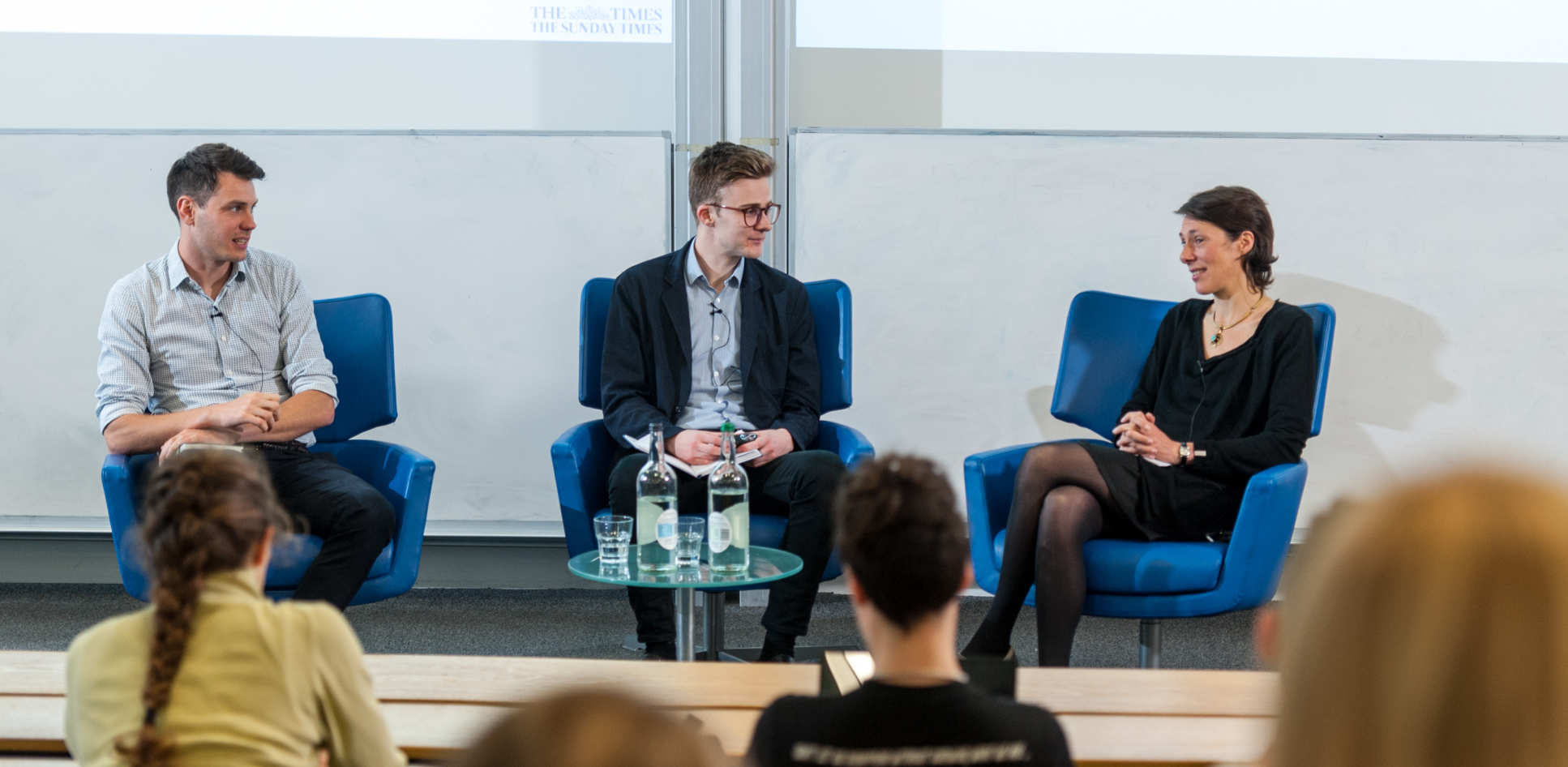
How polluted is the air you breathe?
The panel was hosted as part of Imperial’s partnership with The Times. The year-long programme of activities aims to stimulate debate, provoke curiosity and explore the future of science, technology and culture.
The event kicked off with a presentation from Sam and Ryan showcasing The Times’ air pollution campaign, Clean Air for All, which launched in early May. They walked the audience through three interactive resources which they created for the campaign, drawing on government and World Health Organisation data plus scientific expertise to enable the public to explore the air quality on their doorsteps:
- The National Picture: An air pollution postcode checker enabling people to see how polluted the air they breathe is. The dashboard offers powerful metrics, including the equivalent number of cigarettes per month you breathe in, comparisons to other postcodes in the UK, and how far you need to move to live in an area with acceptable air quality.
- School league table: A searchable dashboard for checking air quality in schools within the Greater London area. Among the search results are the concentration of particulate pollution around a school using 20x20m squared data, how this compares to 3,200 other London schools, and projections for how air quality will change by 2030 – the target deadline for slashing pollution levels as outlined in the UK Clean Air Strategy
- Digital essay: An interactive story looking at the steps which could be taken to improve air quality in the UK. The digital essay, inspired by the click-through storytelling of Instagram Stories, features commentary from Dr de Nazelle as well as case studies of how cities elsewhere in Europe are tackling the air pollution problem.
In framing the showcase of resources, Sam and Ryan highlighted the Times and Sunday Times interactive team’s aim to create content which enhances the reader’s comprehension of a story in visually compelling ways and localises the national picture.
“The main challenge with these interactives was translating the topic to our readers in a way that was relatable and easily understandable,” explained Ryan.
Sam added: “Scientific language alone doesn’t always work well, that’s why we thought about using cigarettes as an equivalent, for example. It was something we can all get our head around.”
“Death is the tip of the iceberg”: The Q&A
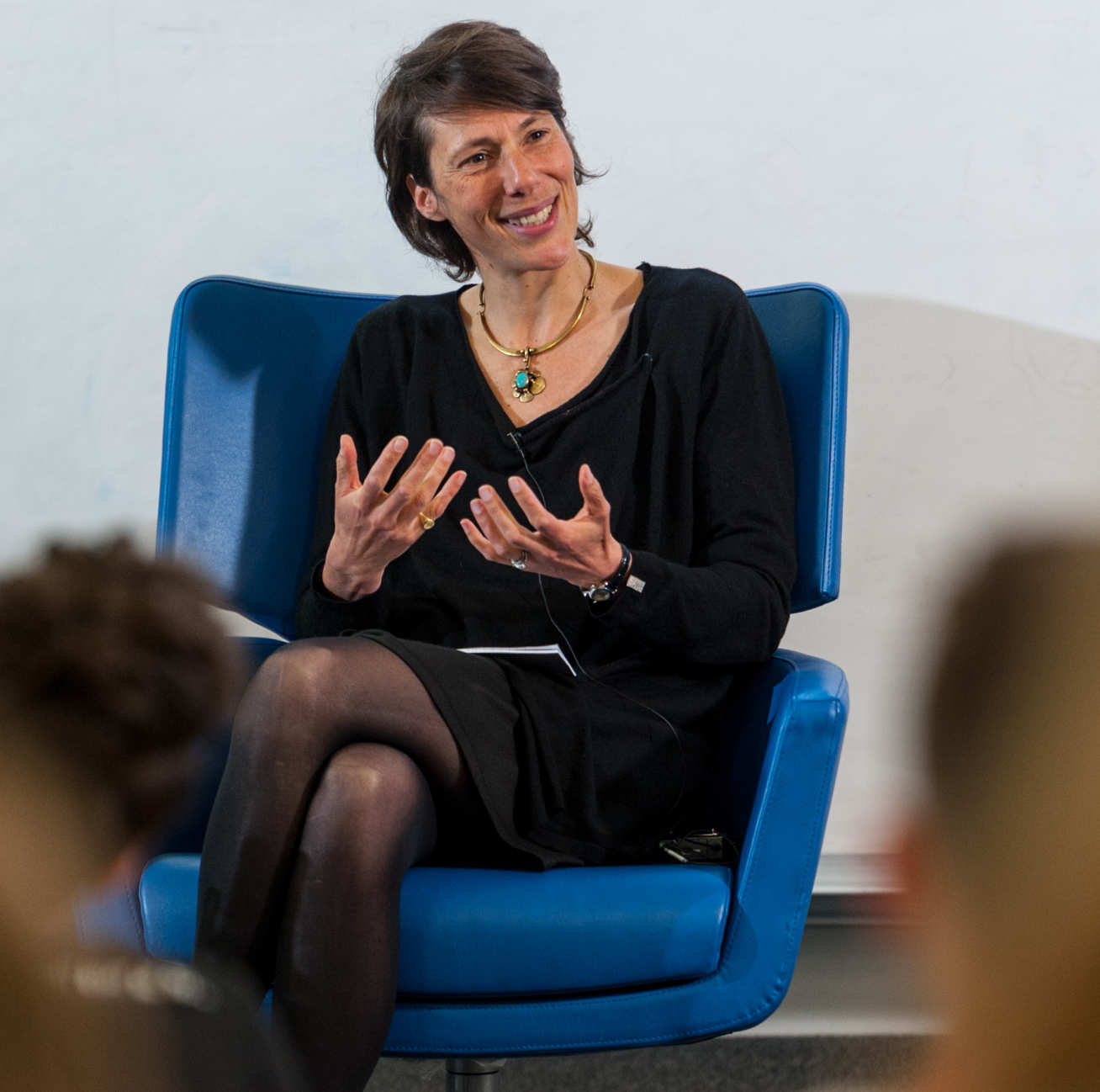
The presentation was followed by an open question and answer session for the student audience. The topics of discussion were wide ranging, from:
- the importance of including communities in decisions about tackling air pollution
- the challenge of changing engrained behaviours and attitudes such as overreliance on using cars
- the vital role the media plays in communicating the seriousness of air pollution to the public and policymakers alike
A key message underlying the session was that air pollution is a significant issue, which has tangible and detrimental impacts on our health.
As Dr de Nazelle explained: “Death is just the tip of the iceberg. Air pollution also affects birth weight, asthma, cancer, cognitive development, diabetes, and there are even links to obesity. We can’t put ‘air pollution’ on a death certificate, but we know that it is a significant contributor to many serious illnesses.”
Student competition: Want to write for The Times?
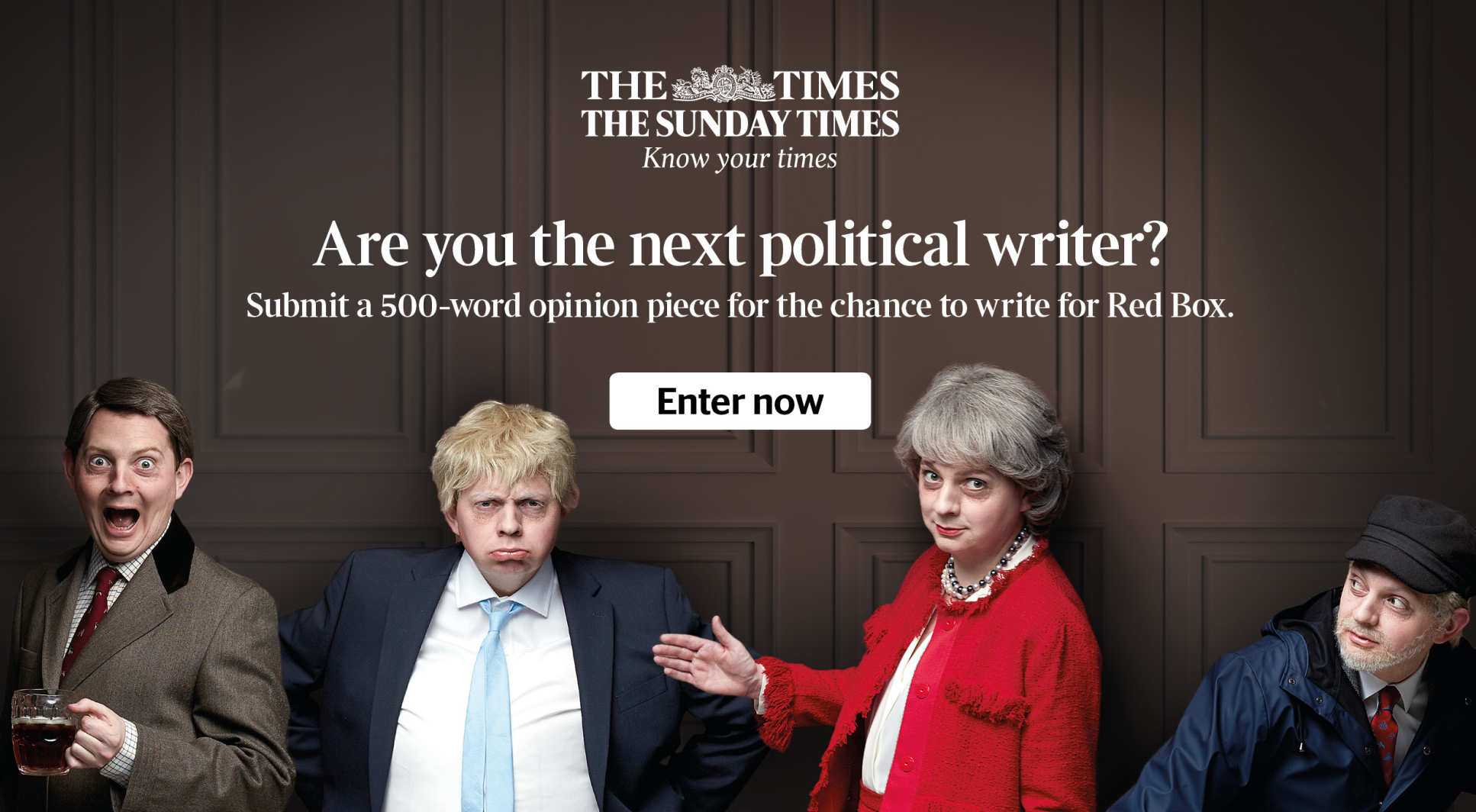
At the top of the event a special opportunity was announced for an Imperial student to write for The Times' Redbox newsletter.
The competition, which closes on Monday 3 June, will give one Imperial student the chance to write for Red Box, The Times’ award-winning political newsletter, once a month for a three month period. The winner will also meet Matt Chorley, the editor of Red Box, to find out what it’s like working in Westminster.
Competition details:
Forget Brexit – What is being ignored?
Just because Westminster has become stuck doesn't mean life has stopped. What are the issues which are important to you that are being overlooked while politicians are distracted by Brexit? What is the one law you would pass if you were prime minister for the day? What is happening in health, education, housing, employment, welfare, the environment, transport, the arts, sport and family life? And what will be the long-term impact on Britain if the problems are not tackled soon?
The winner will be given the opportunity to write for Red Box, The Times' award-winning political newsletter, for three months on a monthly basis. And meet Matt Chorley, the editor of Red Box, to find out what is like working in Westminster.
- Entry: Email 500 word submission via the competition webpage.
- Submission deadline: 3 June
- Winner announced: 24 June
- Prize: Three months of writing for Red Box newsletter once a month (plus feature on the podcast, come into the office and shadow Matt Chorley)
–
Event photography: Fergus Burnett
Article text (excluding photos or graphics) © Imperial College London.
Photos and graphics subject to third party copyright used with permission or © Imperial College London.
Reporter
Andrew Youngson
Communications Division

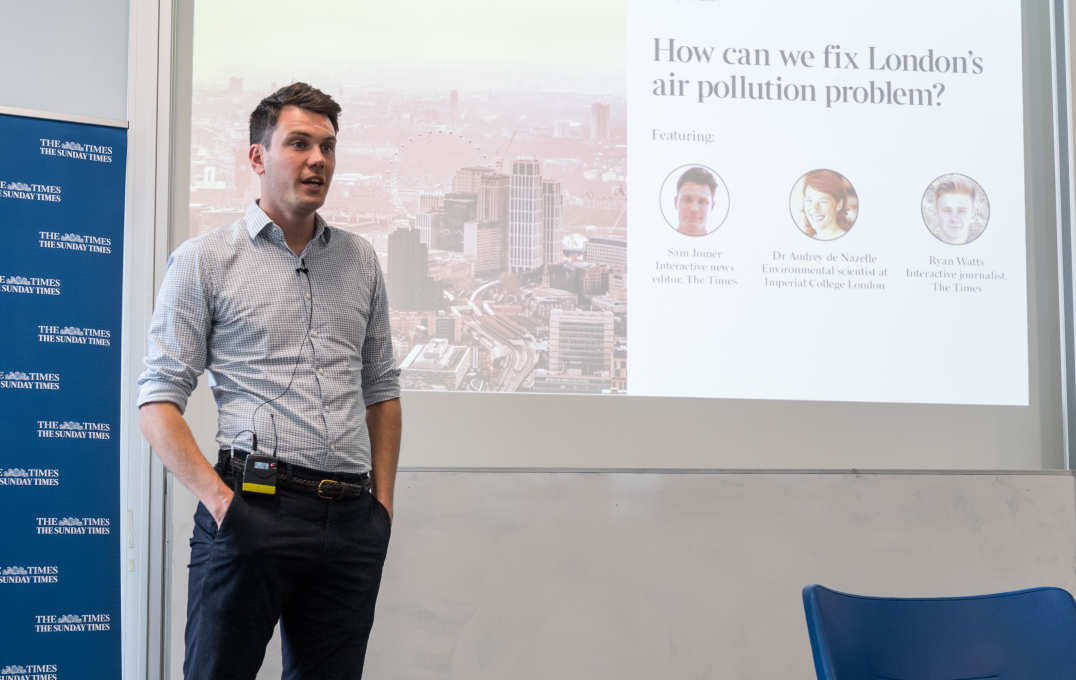
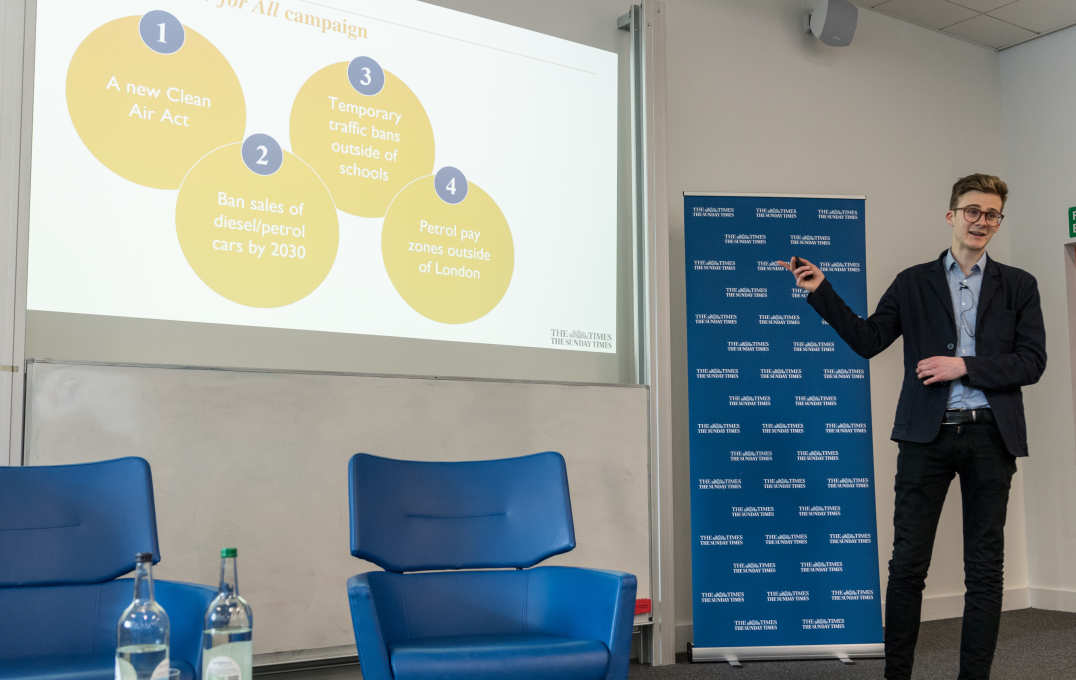
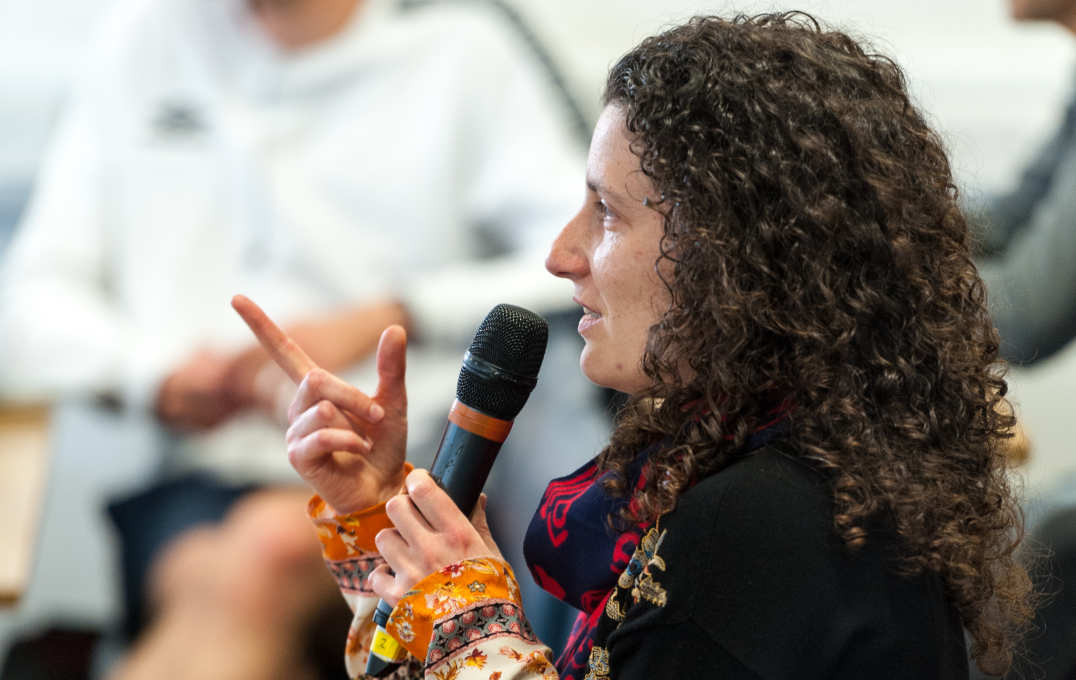
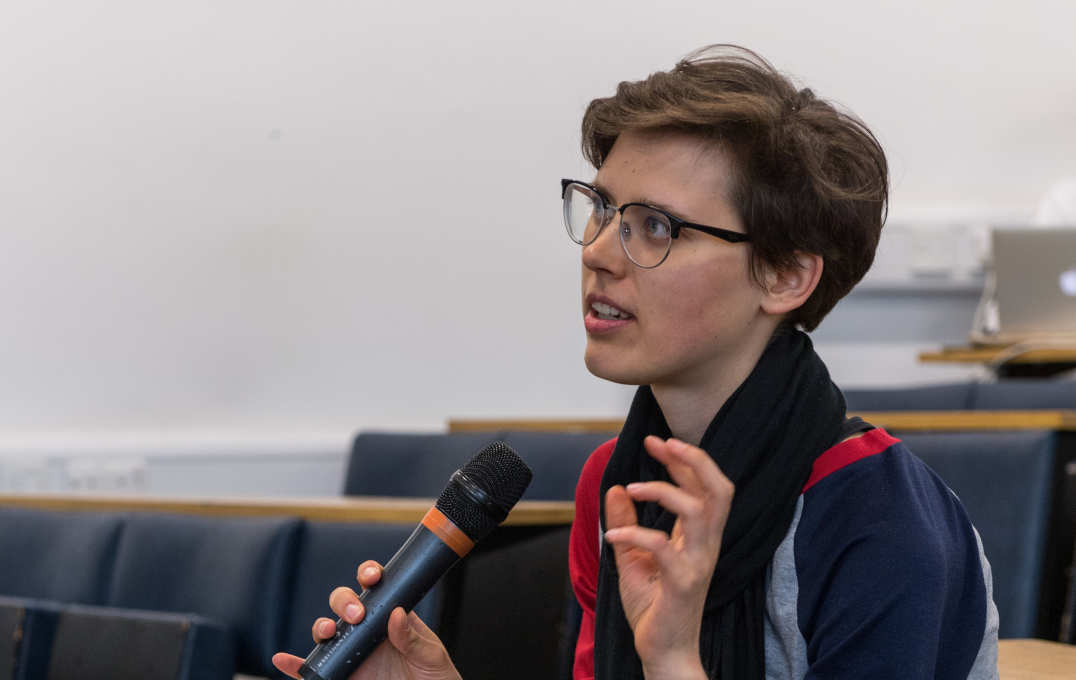
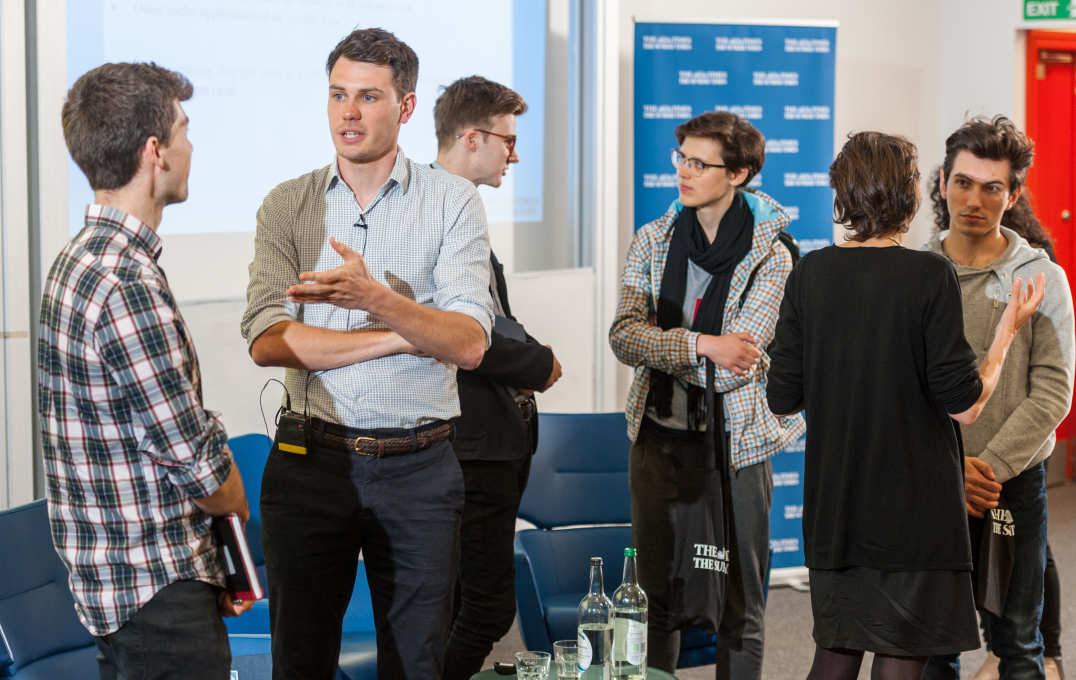



Leave a comment
Your comment may be published, displaying your name as you provide it, unless you request otherwise. Your contact details will never be published.